Published in the Sunday Indian Express Magazine - Eye on 16 February 2025
Last week, we spoke about Tea Tourism in India and how it offers a unique blend of history, culture, and scenic beauty. That discussion got me thinking, travel is evolving in so many ways, with new concepts reshaping the way people plan and experience their journeys.
While traditional vacations still hold their charm, more people are looking for unique, immersive, and flexible travel experiences that align with their personal lifestyles. Travel is no longer just about ticking off destinations on a map; it’s about deeper connections, self-exploration, and creating meaningful memories.
The modern traveller is seeking authenticity, whether it’s through solo journeys that promote self-discovery, taking time off to disconnect from digital distractions, or cleverly integrating travel into work schedules without missing a beat. People are not only rethinking how they travel but also why they travel. Is it for relaxation? To learn a new skill? To experience life like a local? Or simply to take a break from routine?
So today, let’s take a look at some of the most interesting new-age travel experiences that are redefining the industry. From solo honeymoons to digital detoxes and hush trips, the future of travel is more dynamic, diverse, and innovative than ever before.
MeMooning: The Solo Honeymoon Experience
Who says honeymoons are just for couples? The concept of ‘MeMooning’, taking a solo honeymoon, is on the rise. This is a trend where travellers celebrate themselves by indulging in a luxury retreat, exploring new destinations alone, and fully embracing the joy of independent travel.
MeMooning isn’t just about luxury, though that is a big part of it. It’s about intentionally creating space for oneself, to reflect, recharge, and embrace personal growth. Whether it’s lounging on the pristine beaches of the Maldives, taking a cultural deep dive in Kyoto, or embarking on a wellness retreat in the heart of Bali, these solo journeys allow travellers to experience life at their own pace.
More than just a vacation, a MeMoon is often a transformational experience. Many solo honeymooners use this opportunity to try new things, perhaps learning a new skill like scuba diving, taking a cooking class with local chefs, or even spending time in a remote monastery for a mindfulness retreat.
Travel companies and luxury resorts have recognised this growing trend, and are now offering curated solo packages tailored for those embarking on a MeMoon. Personalised itineraries, spa treatments, gourmet dining, and even activities designed to foster mindfulness and relaxation are part of the offerings. Resorts are even introducing community-style experiences where solo travellers can meet like-minded individuals while still enjoying the autonomy of a solo journey.
No-Phone Getaways: Disconnect to Reconnect
In an age where screens dominate our daily lives, many travellers are opting for No-Phone Getaways, trips where they intentionally disconnect from digital distractions. These vacations encourage people to immerse themselves in the present moment, whether it’s by hiking in remote mountains, staying in off-grid cabins, or joining digital detox retreats. Hotels and resorts are even offering ‘lock-up-your-phone’ packages, ensuring guests focus on relaxation, nature, and human connection instead of notifications and emails.
The idea of taking a break from technology was the focus of a recent episode of our podcast, Travel Explore Celebrate Life, where we discussed the concept of No-Phone Holidays. During the episode, Sunila and I explored the benefits of stepping away from digital screens, how it enhances mindfulness, strengthens interpersonal connections, and allows travellers to experience destinations with fresh eyes.
Destinations like Bhutan, where television was only introduced in 1999, have long promoted an environment where slowing down and immersing oneself in nature is the norm. Similarly, retreats in Costa Rica, the Swiss Alps, and the Australian Outback offer structured no-phone programs that guide travellers through mindfulness exercises, outdoor adventures, and communal activities without the interference of technology.
No-Phone Getaways are not just about escaping the noise, they are about rediscovering the joy of uninterrupted conversation, the magic of watching a sunset without the urge to capture it on a screen, and the fulfilment of being truly present in the moment.
Taking Status Flights: Chasing Loyalty Rewards
Frequent flyers know the value of elite status in airline loyalty programs. The desire to maintain these perks has led to the rise of taking ‘Status Flights’, where travellers book unnecessary flights just to retain their premium membership. Lounge access, free upgrades, and priority boarding make these programs appealing, and for some, securing their elite status for another year is worth the extra miles. With strategic travel planning, these ‘mileage runs’ ensure travellers maximise their benefits while maintaining their VIP treatment in the sky.
With the recent revamp and introduction respectively of frequent flyer programs by Air India and IndiGo, this trend is only expected to increase. Both airlines now offer loyalty programs that reward regular travellers with elite perks, encouraging more passengers to maintain their status through strategic travel.
Many status-conscious travellers carefully plan their mileage runs by choosing routes that offer maximum points at the lowest cost. Some even take advantage of airline partnerships to earn miles across different carriers, ensuring they maintain elite status across multiple programs. With airlines continuing to enhance their loyalty offerings, taking status flights is likely to become an even more integral part of frequent travellers' strategies.
Hush Trips: The Secret Getaway While Working Remotely
Remote work or WFH has made it easier than ever to blend business with leisure, but some professionals are taking it a step further with ‘Hush Trips.’ This trend involves employees secretly travelling to a vacation destination while maintaining the appearance of working from home. Imagine answering emails from a beachside café in Thailand or joining Zoom calls from a cosy chalet in the Swiss Alps. As long as the work gets done, why not make the most of the flexibility?
Many travellers use them to break the monotony of their usual work-from-home setup, increase productivity through a refreshed environment, or simply extend their travels without exhausting their leave balances.
Set-Jetting: Following in the Footsteps of Films and TV Shows
Movies and television shows have long inspired travel, but the trend of ‘Set-Jetting’, visiting destinations featured in popular productions, has taken off like never before. Thanks to shows like Emily in Paris, travellers are flocking to the charming streets of Montmartre, while The White Lotus has sparked interest in luxury resorts in Sicily and Hawaii.
The impact of films and TV shows on travel behaviour is undeniable. At Veena World, we are now curating special itineraries centred around famous filming locations. Fans of Game of Thrones are making their way to Dubrovnik, Croatia, to walk through the real-life King’s Landing. Lord of the Rings enthusiasts continue to visit New Zealand, where rolling hills and dramatic landscapes have been immortalised as Middle-earth.
Beyond just sightseeing, Set-Jetting allows travellers to engage with a destination on a deeper level. Visitors can dine in the same cafés, book stays at the same hotels, and even take guided tours led by locals who were part of the filming process. Many locations are capitalising on their newfound fame by offering behind-the-scenes experiences, such as visiting studio sets or meeting extras who appeared in the shows. With production companies continuing to scout exotic and visually stunning locations, this trend is only expected to grow.
Al Desko Dining Tourism: Exploring a City Through Its Work Lunches
Food tourism has always been popular, but now, travellers are exploring destinations based on their workday culinary culture. ‘Al Desko Dining Tourism’ focuses on experiencing a city through the lens of office workers, sampling local food carts in New York, ramen lunch breaks in Tokyo, or leisurely Mediterranean office lunches in Barcelona.
It’s an authentic way to understand how locals eat on a daily basis, offering a fresh perspective on a city’s culinary scene beyond traditional fine dining experiences. Al Desko Dining Tourism is about uncovering the hidden culinary gems that fuel a city’s workforce. From the bustling food courts of Singapore’s CBD to the quick yet delicious sandwich shops of London’s financial district, this trend provides an inside look at how different cultures approach the midday meal.
It’s not just about the food itself, but the entire experience, how people order, where they eat, and the rituals surrounding their breaks. This type of tourism also brings sustainability and affordability into the mix. Office worker food culture often revolves around efficiency and value for money, making it an attractive alternative to high-end restaurants for travellers who want to eat like a local without breaking the bank.
Embracing the Future of Travel
These trends highlight how travellers are redefining what it means to explore the world. As the travel industry adapts, these emerging concepts will continue to shape the future of how and why we travel.
Travel has always been about more than just reaching a destination. So, what’s your next travel adventure? Will it be a secret Hush Trip, a whirlwind MeMoon, or perhaps a journey to your favourite film set? No matter what you choose, I am sure you will end up Celebrating Life! See you next week.






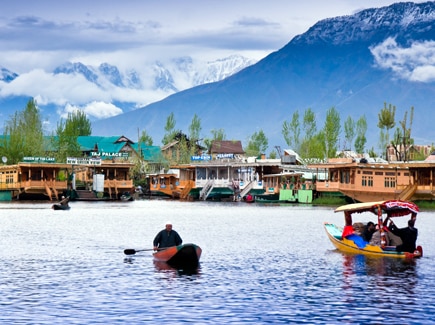
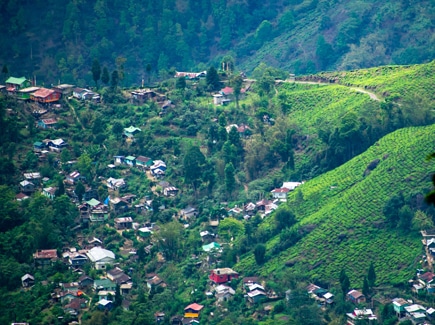
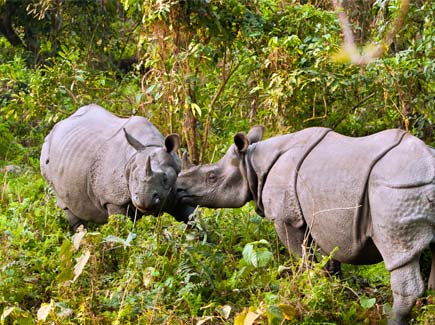
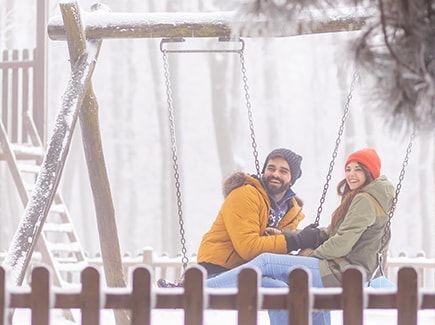
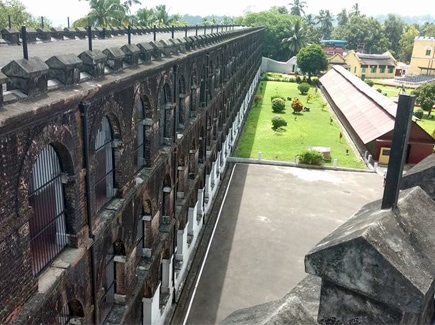
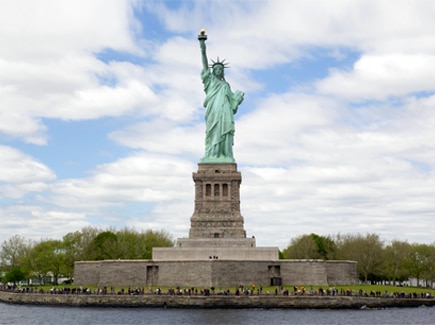
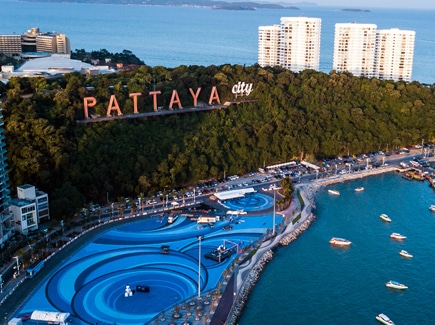
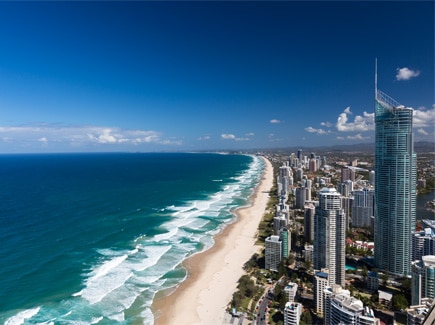
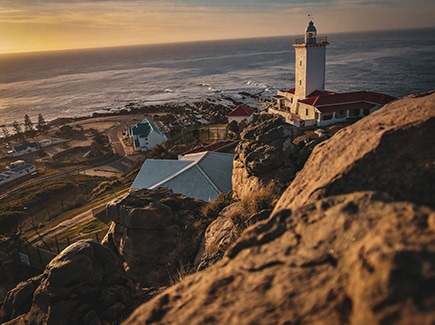









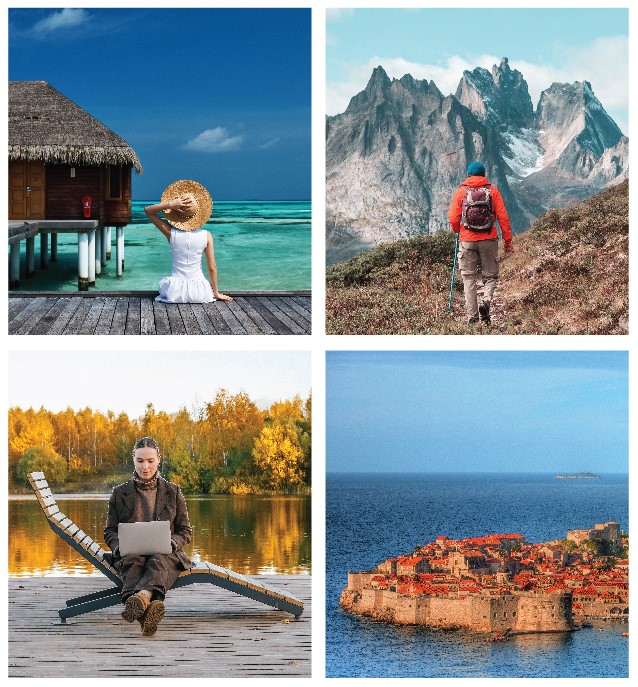



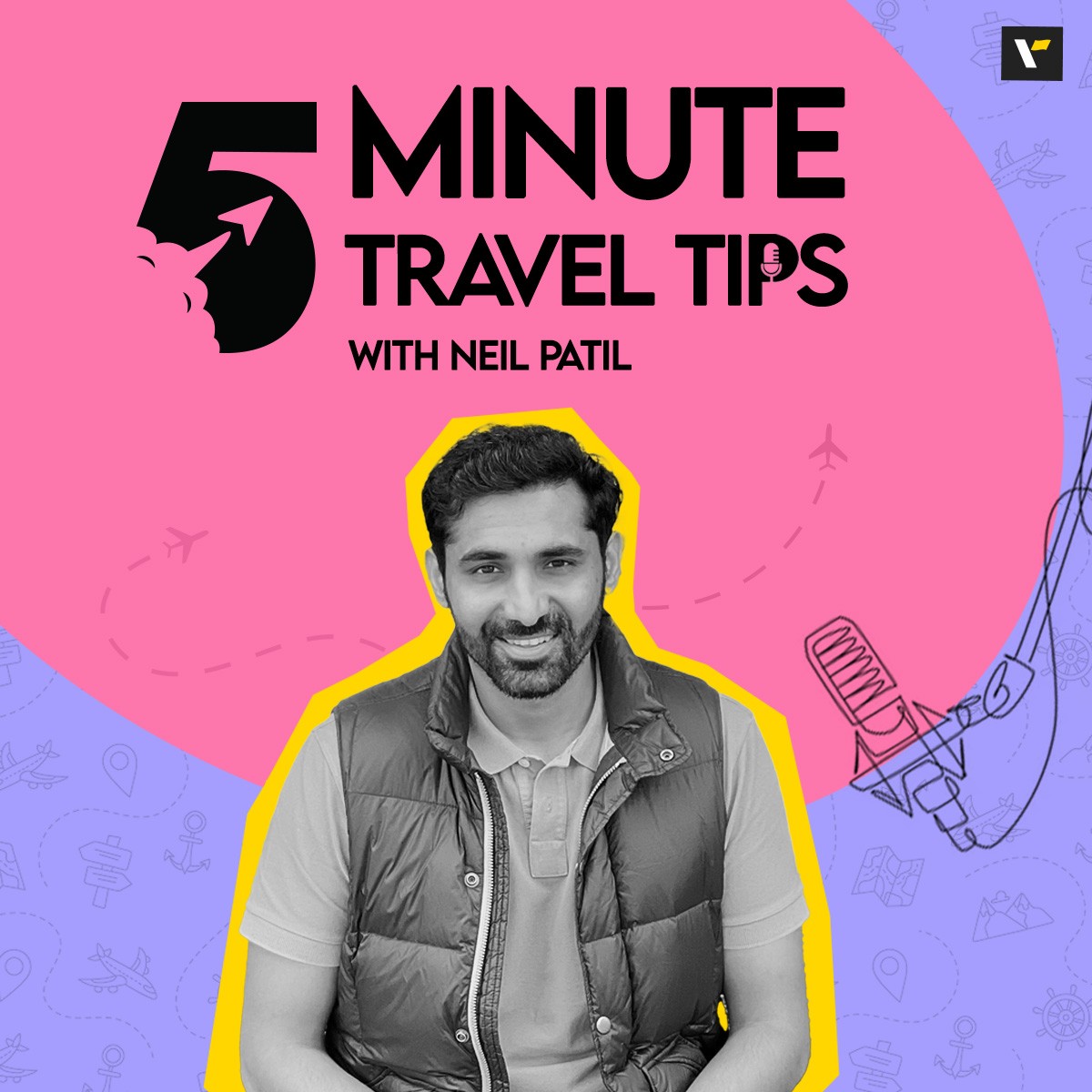

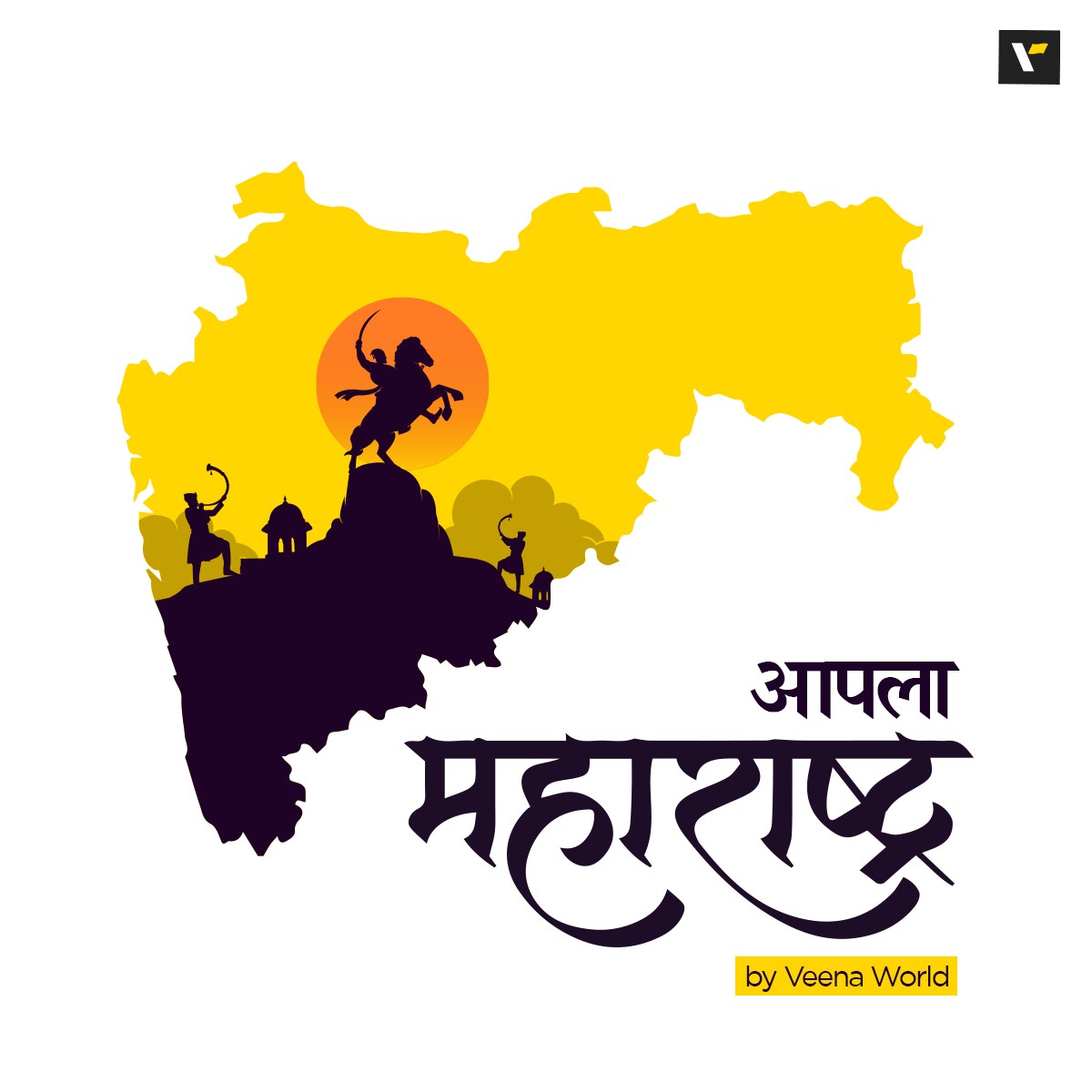
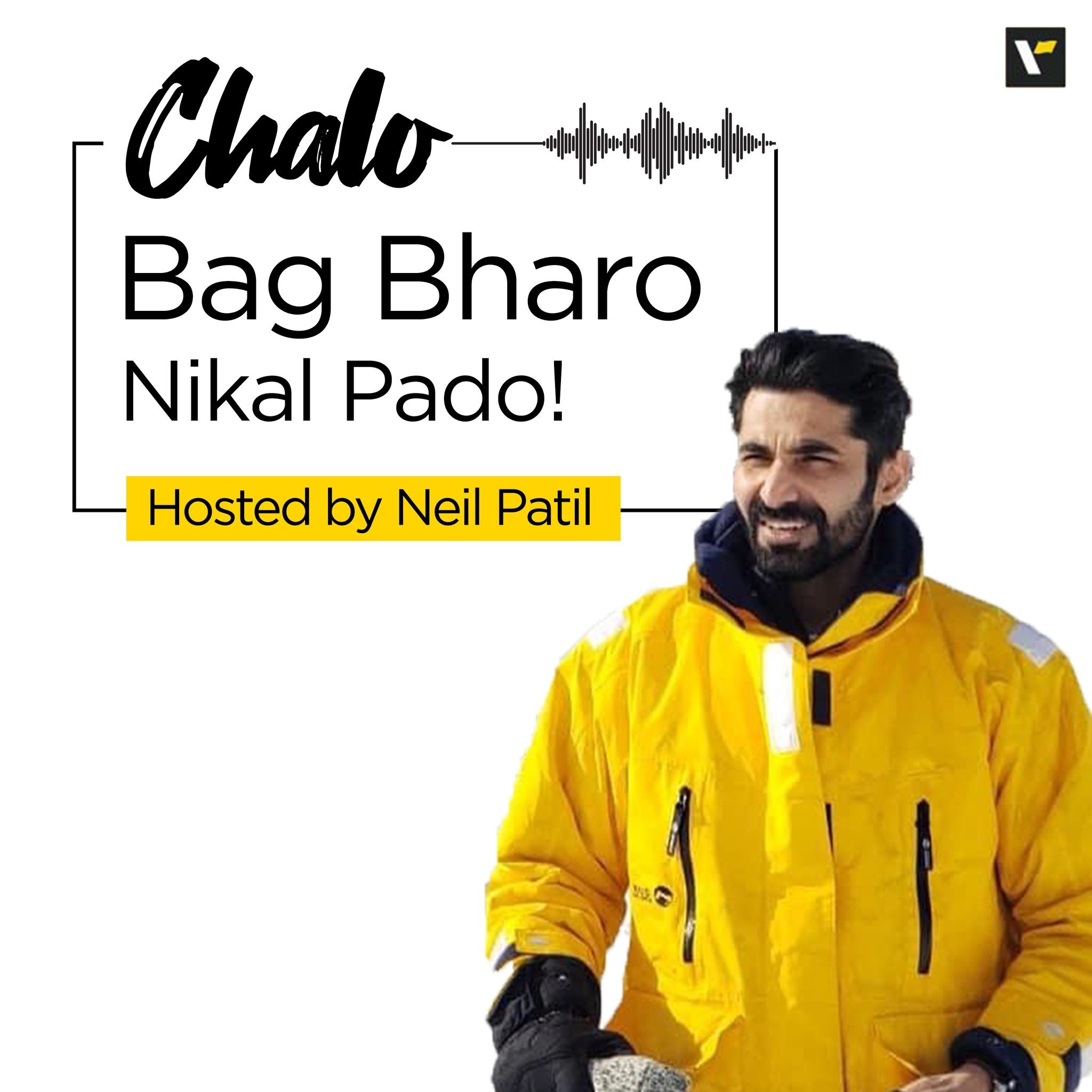

























Post your Comment
Please let us know your thoughts on this story by leaving a comment.